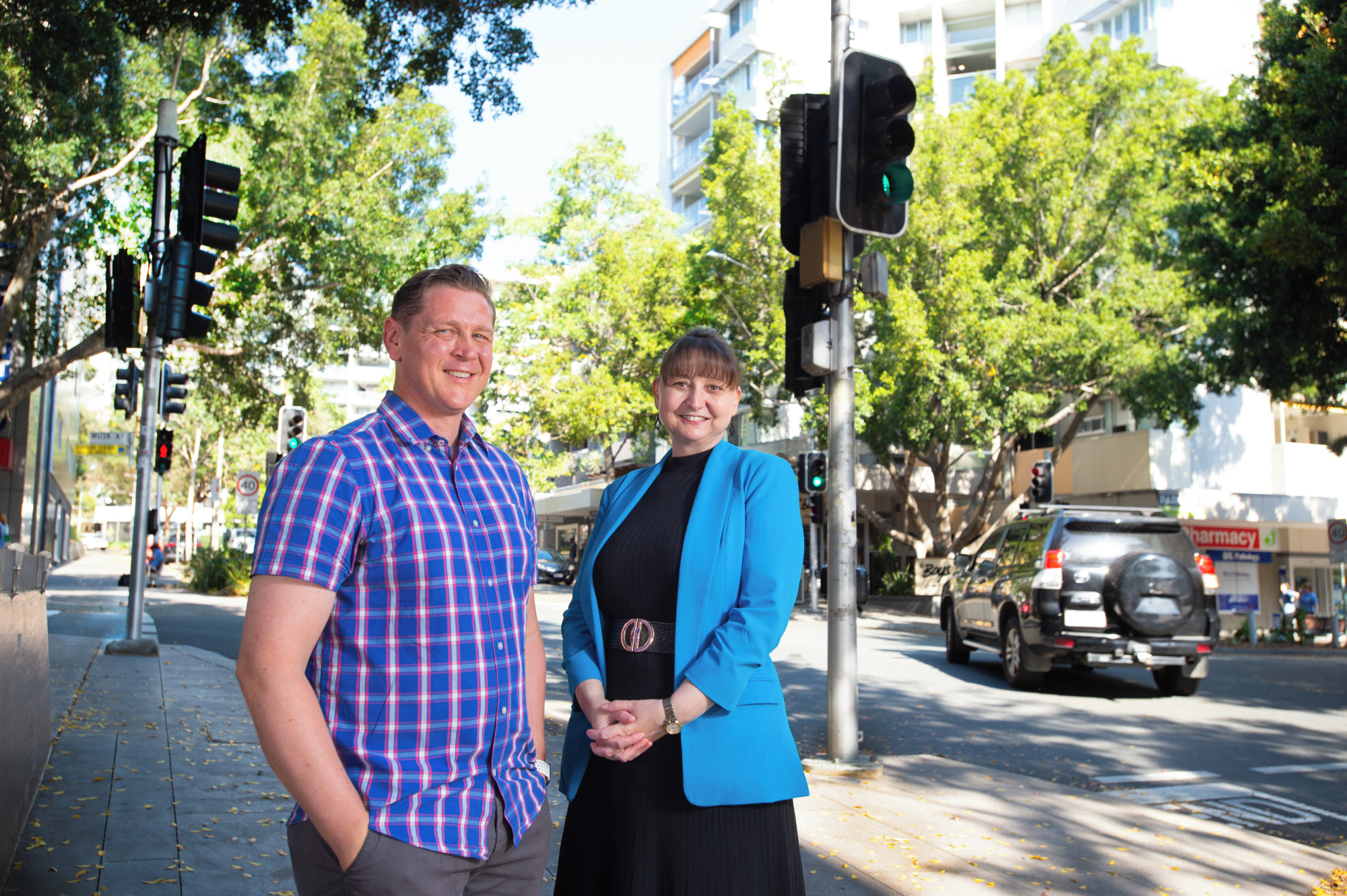The largest on-road trial of connected vehicle technology in Australia has found participants who used the technology for nine months approved of it in general and contributed significant feedback on further enhancement to the technology.
Part of the broader Ipswich Connected Vehicle Pilot (ICVP) the research study was conducted by QUT road safety experts with 355 participants driving their own vehicles, retrofitted with connected vehicle technology, in and around Ipswich, Queensland.
The vehicle retrofit included a dashboard-mounted display, an external antenna, and a co-operative intelligent transportation systems (C-ITS) vehicle station, which connected participants' cars to external infrastructure such as 29 connected signalised intersections, to cloud systems and to other vehicles fitted with the same connected vehicle system.
Dr David Rodwell, from QUT CARRS-Q (Centre for Accident Research and Road Safety – Queensland), said the study aimed to understand the user experience and acceptance of C-ITS as an aid to safer road use.

He said that through the dashboard displays participants were presented with advanced red-light warnings, upcoming traffic queue advice, current speed limit information, road hazard warnings, road works warning, and an alert that vulnerable road users - pedestrian or cyclists - were crossing at an upcoming signalised intersection.
"Participants were generally positive about the system, could appreciate the safety benefits it offered, and were interested in adopting the technology when future systems were refined, such as having the system seamlessly integrated in their vehicle," Dr Rodwell said.
"User acceptance is a key determinant of the future effectiveness of C-ITS as it affects uptake of these vehicles and the optimal functioning of such systems depends on widespread public uptake.
"Communication between connected vehicles and infrastructure has the potential to increase road safety, reduce congestion and pollution, and improve the management, maintenance, monitoring and control and safety of transport networks."
Dr Rodwell said two qualitative studies comprising 53 individual participant interviews and 14 focus groups with 47 participants revealed key findings, including:
- The in-vehicle speed feature was the most discussed and most well-liked as a trusted source of the speed limit in inadequately signed areas.
- Both the advanced red-light warning and the turning warning for a vulnerable road user were typically neutral or negative due to inaccuracy, too early or late timing, or false alarms.
- Mixed reactions to the other warnings – the road works warning was deemed conceptually helpful but lacked accuracy; few participants experienced back of queue and road hazard warnings but reported wanting this type of warning.
"Overall, many participants described C-ITS as a beneficial addition to their vehicle and almost all expressed positive expectations about future improved systems," Dr Rodwell said.
Their feedback included ideas for improvements:
- Receive personal driving statistics – such feedback could help them to learn about and correct poor driving habits or driving errors.
- Data privacy and security – most participants were willing for their data to be shared when ethical and legal protections are in place, its purpose was clearly communicated and was anonymous and aggregated. They also suggested drivers have control of the extent and type of data shared under different contexts and third parties. Others said they would consent for data to be shared for road safety research and technology development.
- Unacceptable contexts for sharing data included sales and marketing, hacking and data misuse and punitive enforcement.
"These findings give important insights into future C-ITS implementation as user experience and perception will be key to ensuring wide-spread adoption of this technology."
The study, In their own words: A qualitative study of users' acceptance of connected vehicle technology after nine months of experience with the technology, was published in Transportation research part F: Traffic Psychology and Behaviour
The research was supported by the ICVP and delivered by the Department of Transport and Main Roads (TMR), supported by the Motor Accident Insurance Commission, QUT, iMOVE Australia, Telstra, Ipswich City Council, and the Department of Infrastructure, Transport, Regional Development, Communications and the Arts.
(Feature photo credit: Paul Taylor GettyImages Stone Collection)






